The web form is a staple of any website. It’s what you use to get in touch with the company, submit feedback, and ask questions. The better your forms are, the more effective your interactions with customers will be. Remember, it’s not just the face-to-face interactions that your customers judge when making decisions about your business and whether to trust you. Today’s digital world has prompted a new demand for more meaningful virtual experiences.
If you want to create a great user experience on your website, you need to make sure that every form is as easy and intuitive as possible. Forms are the first touchpoint for many potential customers who visit your site, so it’s crucial that they be designed well. Adding clear labeling and instructions on each field in question is a good start. You can also use design elements like color contrast or visual cues (like arrows) to help guide users through their form submissions process. Some people might think of web forms as a necessary evil, but if you know how to design them well, they can actually contribute to more meaningful interactions between your brand and your customers.
How Facebook Ads Are Changing In 2022
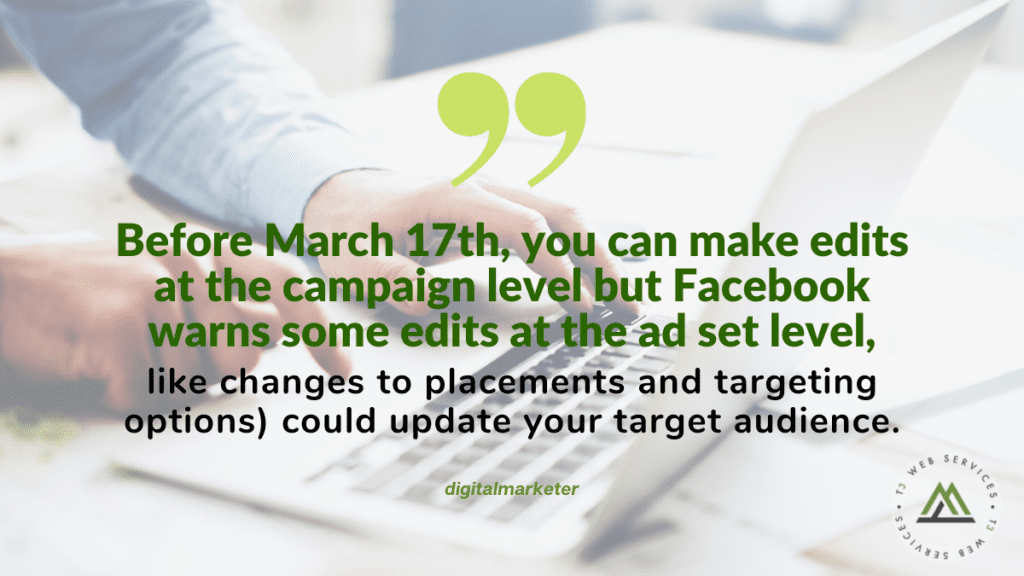

Here’s what you need to know about the latest changes launching on January 19th, 2022.
*Some* Detailed Targeting Options Will be Removed
For those relying heavily on Facebook advertising for profits, take note that Facebook said *some*—not all.
This isn’t necessarily Facebook’s opinion on how to make advertising better. The social media platform confidently says, “We strongly believe that the best advertising experiences are personalized.” But, their consultants in the civil rights and policy sectors (and their stakeholders) are requesting the update.
Facebook is agreeing to make some parts of their advertising platform less personalized to “better match people’s evolving expectations of how advertisers may reach them on our platform…”.
The detailed targeting options that will be removed involve topics that Facebook has categorized as sensitive like:
- Health
- Race
- Ethnicity
- Sexual orientation
- Religion
- Political beliefs

https://www.digitalmarketer.com/blog/facebook-ads-in-2022/
Is There Such a Thing as the Best Word Count for SEO?


Here are five ways to improve content quality apart from a word count:
1. Content structure
Content structure helps readability and usability, and it makes your content easier to understand for a search algorithm.
2. Semantic optimization
You need rules and guidelines for writers to follow. Semantic evaluation is one of the easiest ways to encourage them to create in-depth content without blindly using the word-count metric.
3. Data freshness and sources
The inclusion of external links as a direct ranking factor is another matter of SEO debate. No one knows for sure, but one thing is certain: External links can make your content more useful and trustworthy.
4. Keyword and search intent
More importantly, no quality metric works for every case. Some search queries are straightforward, meaning an essay is not needed to provide the most useful answer.
5. Content usefulness
Instead of linking to other sites explaining a concept, define them within your content.

https://contentmarketinginstitute.com/articles/best-word-count-seo
Does Uniqueness of Content Help Rankings?


Does a significant increase in the overall uniqueness of a site’s content have no effect on the site’s ranking and visibility in the search results?
Uniqueness of Content and Rankings
John Mueller focused his answer on the question of whether uniqueness of content makes a difference in rankings.
Mueller answered:
“So as far as I know, there is no aspect in our algorithms that says, oh this is something that is very unique to this one website and will, because there’s something very unique here we will rank it higher for all kinds of other queries.
So if you’re selling, I don’t know… a unique type of shoes and someone is searching for shoes, then it’s not that we would rank your site because it’s a unique type of shoes but rather you have shoes, this person is looking for shoes, and maybe other sites also have shoes and we’ll rank them based on kind of the shoe content that we find there.
So it’s not a matter of us kind of going through and saying, well, there’s something very unique here, therefore we should rank it higher for this generic term.”

https://www.searchenginejournal.com/does-uniqueness-of-content-help-rankings/432477/
The Top 5 Form Types to Use in your Web Design
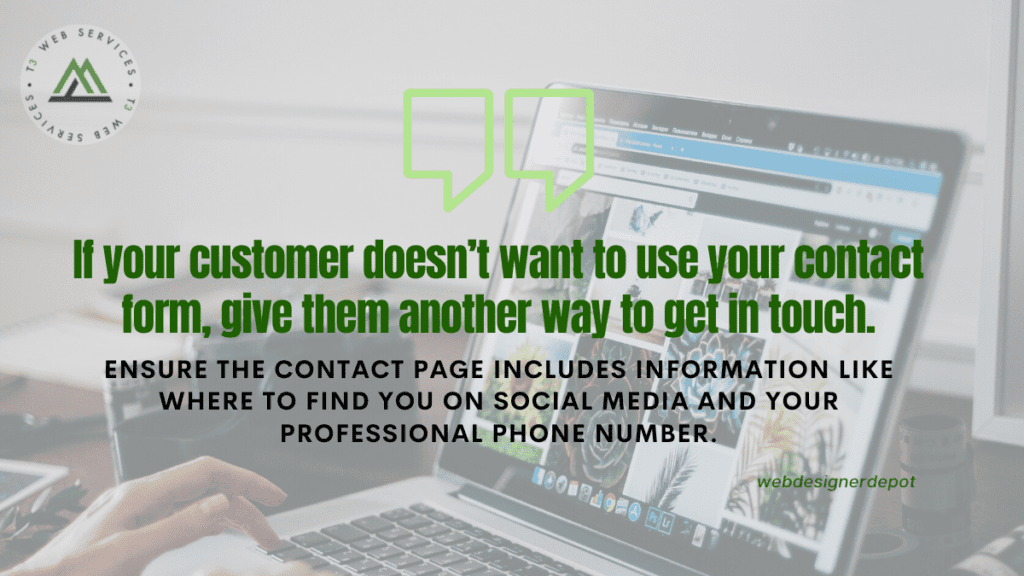

If you know how to master great UX on a form, you can contribute to more meaningful interactions between your brands and their customers. But not all web forms are the same. Here are some of the top types of forms you need to master and how you can optimize them.
The “Opt-In” Form
The Opt-in Form is probably the best-known form in the digital landscape. It’s essentially a form that asks visitors to “opt-in” to a specific offer. Sometimes, this means signing up for a webinar; other times, it’ll be agreeing to an email newsletter or a regular series of blog updates.
The Contact Form
Contact forms need to be easy to find and use on any website. Usually, your user will expect to see a link to the contact form situated somewhere at the bottom of your webpage. It might be called “Contact Us” or “Customer Support.” Avoid anything that would go over the user’s head.
The Online Payment Form
Sometimes, when your customers have seen what you have to offer and they’ve checked out the competition, they decide to go ahead with their purchase. To facilitate this, you’re going to need an online payment form. Online forms ensure that your customers can safely enter their credit or debit card details to purchase whatever you have to offer.

https://www.webdesignerdepot.com/2022/01/the-top-5-form-types-to-use-in-your-web-design/
How To Create A Winning Local SEO Content Strategy
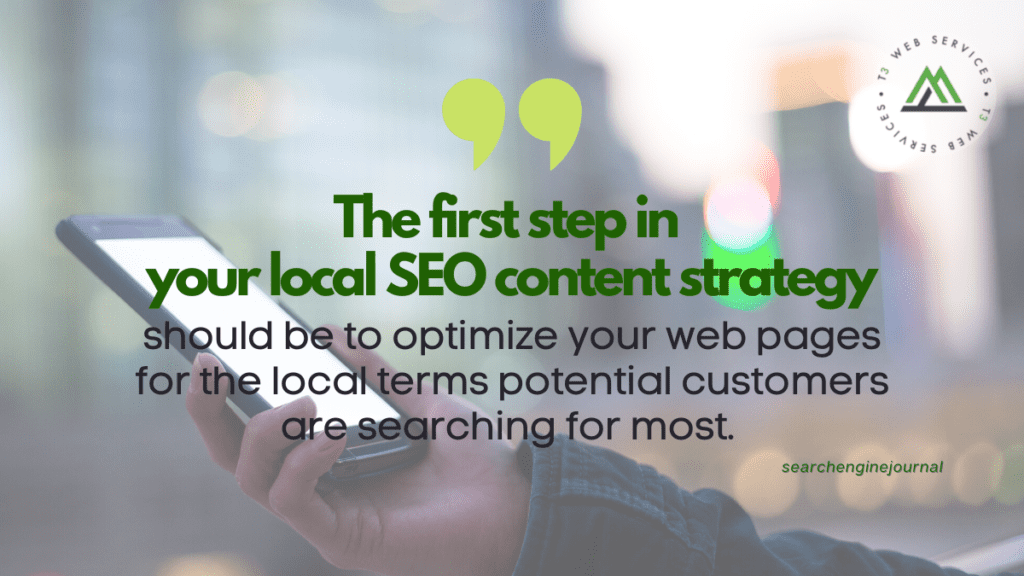

Optimize Your Local Web Pages
Once you’ve identified the terms you want to target, it’s time to optimize your content according to these search terms.
To do this, follow on-page SEO best practices on your web pages:
- Include your target keyword in the URL of your web page (exact keyword not required).
- Include your target keyword in the title tag of your website.
- Write a concise, informative meta description.
- Write useful, keyword-rich body content.
- Add images with optimized image alt text.
- Use H1, H2, and H3 headings throughout the page.
- Link internally to related pages on your website.
Each web page on your site should be optimized for a unique keyword (if applicable) to prevent several web pages from competing on the same term.

https://www.searchenginejournal.com/local-seo-content-strategy/431651/
3 ways to check technical SEO health issues on your website
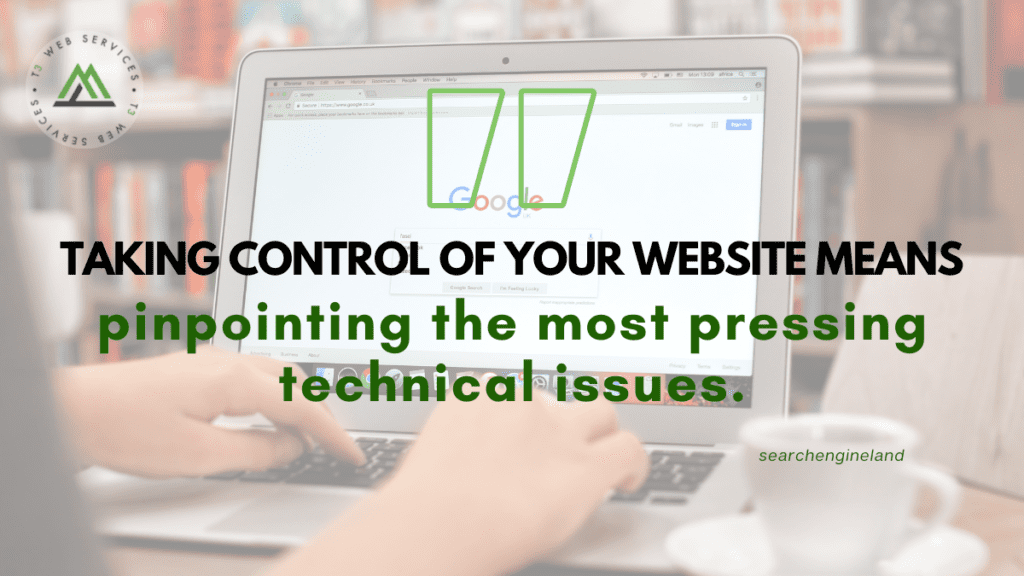

Analyze website crawling
Hale recommends performing a technical link audit of your website to determine how much priority it’s giving to specific links. Rather than reviewing links coming to your site (backlinks), this analysis shows you where your links are headed, what anchor text is used and more.
Once you know how your site links are organized, it’s a good idea to review log files and crawl stats. These show how Google and other search engines interpret these signals.
Ensure search engines are rendering pages correctly
Website crawling is just one piece of the technical SEO puzzle — crawlers need to render those pages. If your site content isn’t optimized for those bots, they won’t see it and it may not be rendered correctly. To avoid this, marketers need to present their content in formats that both searchers and crawlers can view.
Review indexing for your site’s pages
Once you know Google and other search engines are crawling and rendering your site correctly, spend some time reviewing your indexed pages. This can give you one of the clearest pictures of your site’s health, highlighting which pages were chosen, which were excluded and why the search engine made those decisions.
https://searchengineland.com/3-ways-to-check-technical-seo-health-issues-on-your-website-378361

How to Use Instant Experiences on Facebook and Instagram
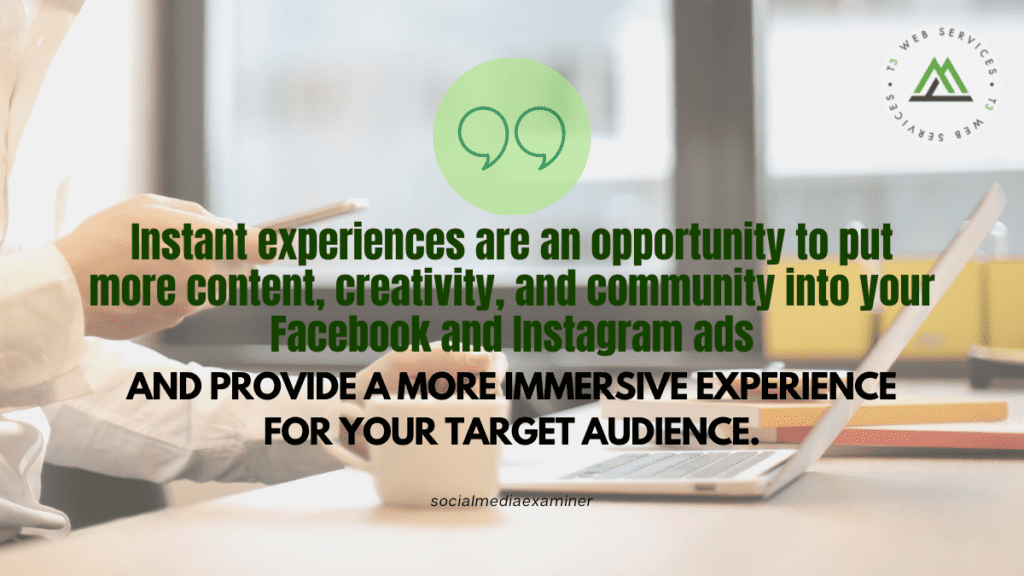

- The most engaging instant experiences use between five and seven different components, including a mix of static images and video.
- The cover image is the most important part of your instant experience. Choose something that will make people want to tap through and see more.
- To get the most conversions, include an image link or button in every element of the instant experience.
- Users prefer instant experiences where they can interact with the content, instead of just passively reading or watching.
- Tilt-to-pan images aren’t automatically labeled with instructions, so if you want to maximize engagement, make sure you mention tilt-to-pan in your caption or a text block.
- Always include captions on videos. Many of your users will be watching with the sound off or may have a hearing impairment.

https://www.socialmediaexaminer.com/how-to-use-instant-experiences-on-facebook-and-instagram/


Leave a Reply